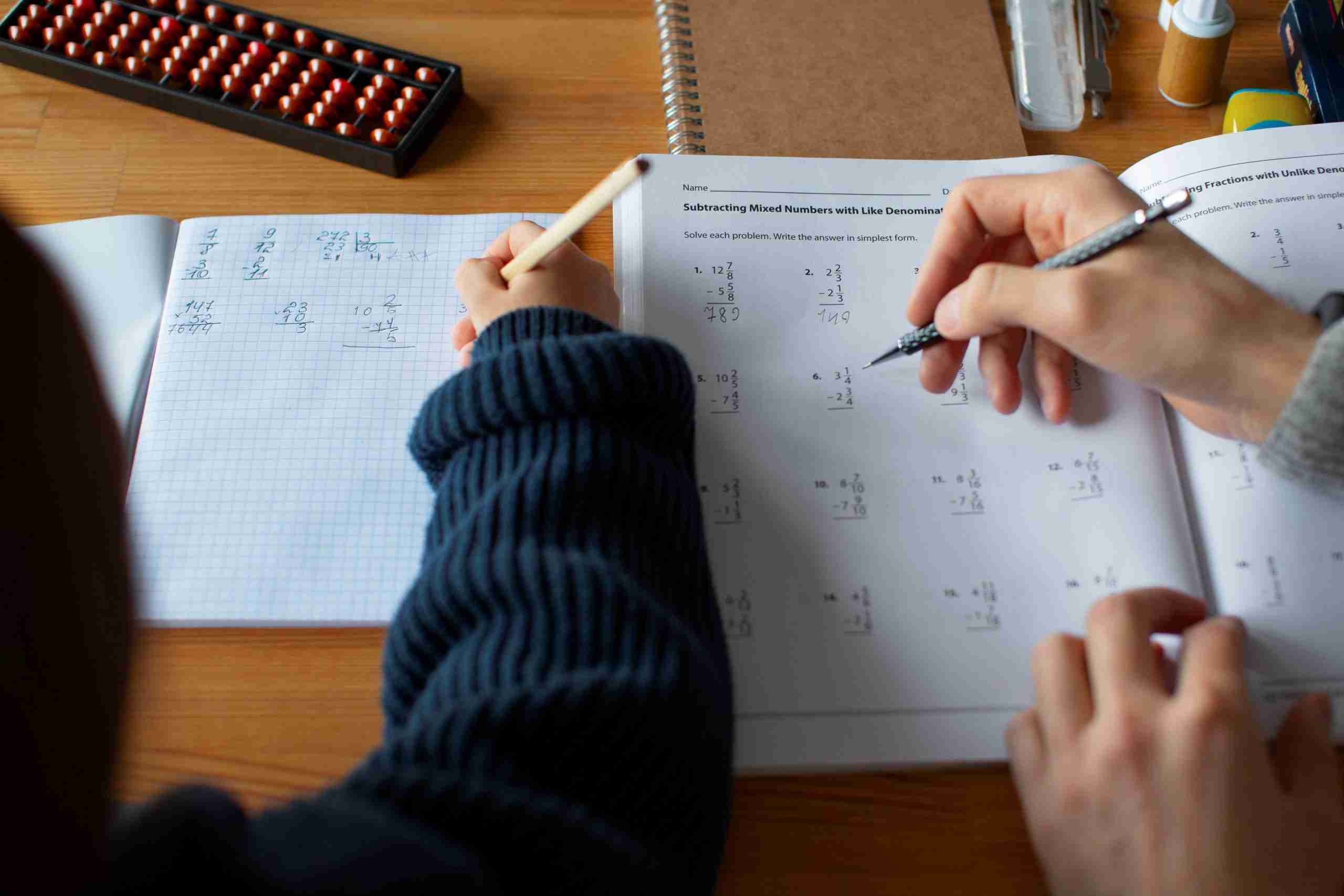
28 June 2024
With the PSLE drawing closer, it is almost inevitable to hear parents worrying about their child’s performance in the Mathematics paper. The MOE has previously stated that challenging questions are capped at 15% annually, and they are meant to differentiate a student’s mastery of the subject.
In a previous article, we have discussed how we can help prepare students for the PSLE through various teaching strategies. But sometimes, even the best students can find themselves caught off guard.
Understandably, the exam consists of a range of level of difficulties. But this does not mean that a student should instantaneously give up attempting a question when he/she deems it to be “too difficult for them” during the exam. Instead of being overwhelmed by the challenging questions, they should focus on extracting information from the question and working through what they can gather and understand. Even if they may not get the final answer or have parts that they are unsure, showing their thought process and recording the working steps can potentially earn them method marks. These partial marks can significantly contribute to their overall score. By remaining composed and methodically working through the problem, students can vastly increase their chances of scoring better.
Sometimes, it is not because students do not know how to apply a concept that they have learnt before, but that these questions are phrased in a way that is unfamiliar to them. Afterall, MOE’s objective is to shift away from rote learning and towards nurturing critical thinkers. Instead of giving up, students should take a moment to break down the question into smaller, manageable parts. By identifying key information within the question, they can gain a better understanding of what the question is asking for. Breaking it down often reveals that the question is in fact testing familiar concepts, thus allowing students to apply the appropriate knowledge effectively. By tackling the question one step at a time, students can navigate through the confusion and increase their chances of working out the correct answer.
An example of such a question is the infamous “Helen and Ivan” question from 2021 PSLE Math paper.
One strategy would be to highlight key points in the question. These can be the values needed to be used or sentences that explain what you need to do to arrive at the solution. In the case of the above question:
Breaking down the given problem into smaller components greatly helps one to understand the question. In this question, you know that they have the same total number of coins and a specific number of twenty-cent coins. From there, you can deduce that Ivan has 40 fewer fifty-cent coins than Helen and work from there to solve the first question on who has more money. Moreover, that difference in coin quantity also provides the solution to the second question.
As long as a student can stay calm and focused, and break down a question into digestible components, they are more likely to figure out what the question wants and how to arrive at the answer.
The PSLE Math exam is divided into two papers with different durations. Paper 1 has a duration of 1 hour, while Paper 2 requires 1 hour and 30 minutes (due to the more complex and open-ended questions presented).
It can feel like there is not a lot of time to work with, hence, it is a no wonder some students feel stressed out as the exam goes on.
Effective exam time management starts with planning. Students should have a rough gauge of the amount of time allocated for each section of the paper based on the total exam duration. For example, Booklet A (multiple-choice questions) is worth about 40% of the marks in Paper 1, so students should spend roughly 40% or less of their time on it, as they will need to cater time for checking as well. It is important not to spend too much time on the harder questions at the expense of the remaining questions which could possibly be much easier to obtain the marks. Students should move on if they find themselves stuck at a challenging question after a few minutes and return to them later if there is time after. In doing so, all parts of the paper would be addressed, and this will help to maximise the overall score by reducing the risk of leaving easier questions unanswered.
Consistent practice under timed environment with both PSLE and various schools past year papers will help students develop the much-needed exam skills to tackle the paper more efficiently and effectively. Track results and always review the mistakes made after completing each set of papers to ensure that the right knowledge and skills are internalised. To help students with their practices, we have consolidated various schools past year prelim papers, complete with video walkthroughs and worked solutions.
While exam skills are important, we should not neglect the need to brush up on important conceptual knowledge and strengthen the foundations while there is still time. At Matrix Math, we aim to simplify Math so as to empower students to excel in the subject. For the preparation of PSLE for the P6s, we have put together a series of videos in our PSLE Final Revision Course. Check out the video below to learn more!